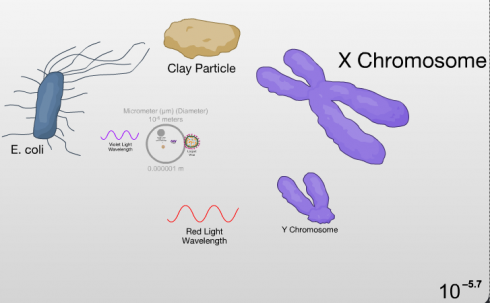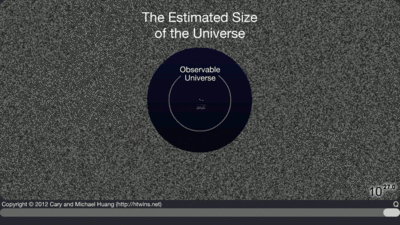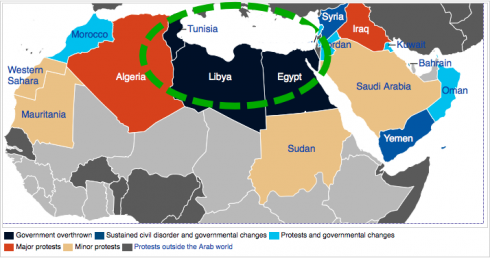A wonderful set of physical demonstrations of the different perspectives that come from different frames of reference. Excellent for physics, and maybe math too, because it does point out coordinate systems.
[- Leacock (1960): Frames of Reference, Presented by Ivey and Hume, via the Internet Archive.]

The discussion of non-inertial (accelerating) frames of reference is particularly good, and would tie in well with the coriolis model demonstration.
Of course, different perspectives are important in the geometry of social interactions also.
(thanks to Mr. D. for the link to the video).







